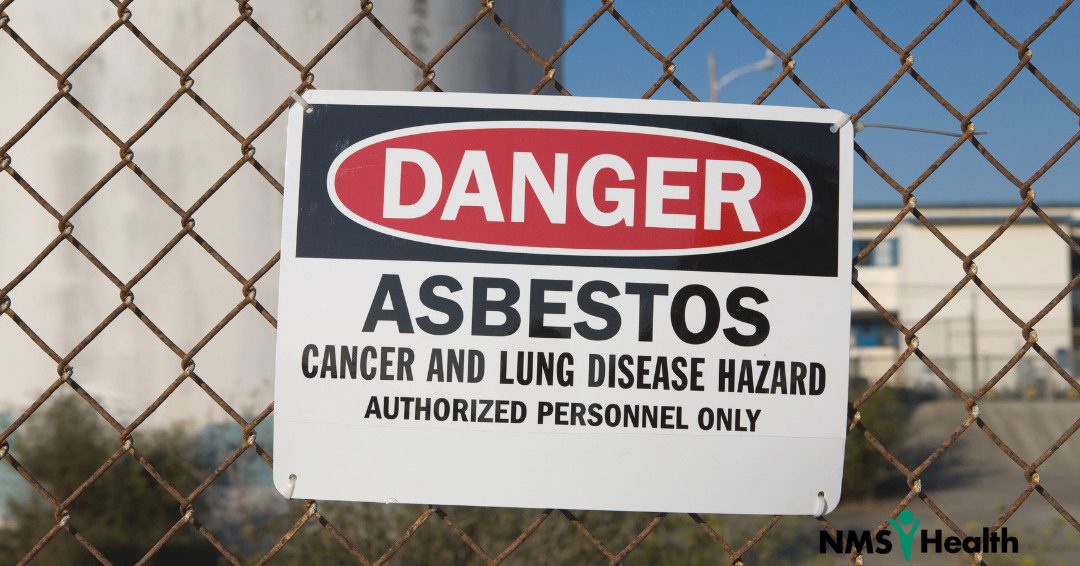Asbestos was utilized in numerous occupational settings throughout the 20th century. This naturally occurring mineral was cheap, easy to mix into products and provided both insulating and fireproofing capabilities.

Although the respiratory hazards that surrounded asbestos were well known after the 1930s, just about every industry used asbestos well into the 1970s. At this time, the government finally began to limit its use.
Exposure to asbestos can cause lung cancer, asbestosis and a mesothelioma prognosis. Most people are exposed through inhaling airborne asbestos fibers after asbestos-containing materials have been disturbed. In the majority of cases, people have no idea that they’ve inhaled asbestos.
Occupational guidelines and laws are now in place to avoid asbestos, but unfortunately exposure still occurs. Here are five tips to help you avoid exposure:
- Wear a mask: Employees who work in an environment where exposure is a constant threat are required to wear safety equipment. For example, anyone who works for an asbestos abatement company must wear a self-contained breathing apparatus that’s designed to protect against gases, dust and toxic substances – such as a mask with a HEPA filter. Unfortunately, workers in other jobs that do not expose them to as much asbestos do not typically wear masks.
- Wash clothes: Workers who are exposed to asbestos should not wear or bring their work clothes home until they are washed. If you must wash them at home and your company does not provide cleaning facilities, place your clothes into a bag and change into clothes not contaminated with asbestos. It’s important to rinse your clothes before trying to wash them with soap because wet asbestos fibers cannot become airborne. Historically, washing clothes with asbestos on them has been a major source of secondary exposure that can result in disease development.
- Shower: Asbestos fibers can travel home after attaching to your skin and hair. That’s why it’s important to shower after your work day is over. The Occupational Safety and Health Administration actually requires companies that perform asbestos abatement activities to having showering facilities or a rinsing station at the jobsite.
- Proper abatement: It’s easy to take shortcuts when trying to finish a construction project, but skipping safety procedures when working with asbestos is not the time to do so. Make sure you’re taking all the steps to avoid exposure, including wetting materials, sealing off the area, and wearing a mask to prevent the inhalation of asbestos fibers.
- Make yourself aware: One of the best things you can do to prevent exposure is to become more educated about the common locations for asbestos and which products are likely to contain them. If you can identify or suspect the presence of asbestos, you’ll be more likely to take all safety precautions.
Bio: Jensen Whitmer has been writing for the Mesothelioma Center for more than three years and he has an interest in spreading awareness about the hazardous effects of asbestos exposure.


